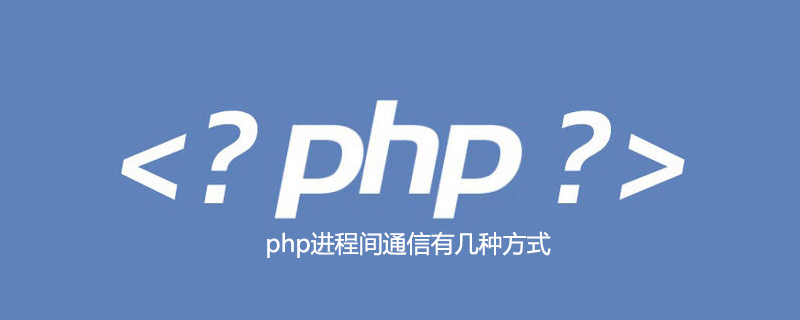

Inter-process communication is the dissemination or exchange of information between different processes. So what media exists between different processes that both parties can access? The user spaces of processes are independent of each other and generally cannot access each other. The only exception is the shared memory area. However, the system space is a "public place", so the kernel can obviously provide such conditions. Beyond that, it's the peripherals that both parties can access. In this sense, two processes can of course also exchange information through ordinary files on the disk, or through certain entries and records in the "registry" or other databases. In a broad sense, this is also a means of inter-process communication, but this is generally not counted as "inter-process communication". Because the efficiency of those communication methods is too low, and people's requirement for inter-process communication is to have a certain degree of real-time performance.
Related recommendations: "php tutorial"
Several main methods of inter-process communication under Linux:
1. Pipe (Pipe) and named pipe (named pipe)
Pipes can be used for communication between processes that have affinity relationships. Named pipes overcome the limitation that pipes do not have names. Therefore, in addition to all other processes with pipes, In addition to its functionality, it also allows communication between unrelated processes.
There are three types of pipes:
(1) Ordinary pipe PIPE: There are usually restrictions. One is half-duplex, which can only be transmitted in one direction; the other is it can only be used between parent and child processes. .
(2) Stream pipe s_pipe: The first restriction is removed and bidirectional transmission is possible.
(3) Named pipe name_pipe: The second restriction is removed and communication can be carried out between many unrelated processes.
2. Signal
Signal is a relatively complex communication method, used to notify the receiving process that a certain event has occurred, in addition to being used for inter-process communication , the process can also send signals to the process itself; in addition to supporting the early Unix signal semantic function sigal, Linux also supports the signal function sigaction whose semantics conform to the Posix.1 standard (in fact, this function is based on BSD, BSD in order to achieve a reliable signal mechanism , and can unify the external interface, and reimplement the signal function using the sigaction function).
3. Message queue (message queue)
The message queue is a linked list of messages, including the Posix message queue systemV message queue. A process with sufficient permissions can add messages to the queue, and a process granted read permissions can read messages from the queue. The message queue overcomes the shortcomings of signals carrying a small amount of information, pipes can only carry unformatted byte streams, and buffer sizes are limited.
4. Shared memory
allows multiple processes to access the same memory space, which is the fastest available IPC form. It is designed for the lower operating efficiency of other communication mechanisms. It is often used in conjunction with other communication mechanisms, such as semaphores, to achieve synchronization and mutual exclusion between processes.
5. Semaphore (semaphore)
is mainly used as a means of synchronization between processes and between different threads of the same process.
6. Socket
A more general inter-process communication mechanism that can be used for inter-process communication between different machines. It was originally developed for the BSD branch of Unix systems, but is now generally portable to other Unix-like systems: both Linux and System V variants support sockets.
The above is the detailed content of There are several ways to communicate between php processes. For more information, please follow other related articles on the PHP Chinese website!